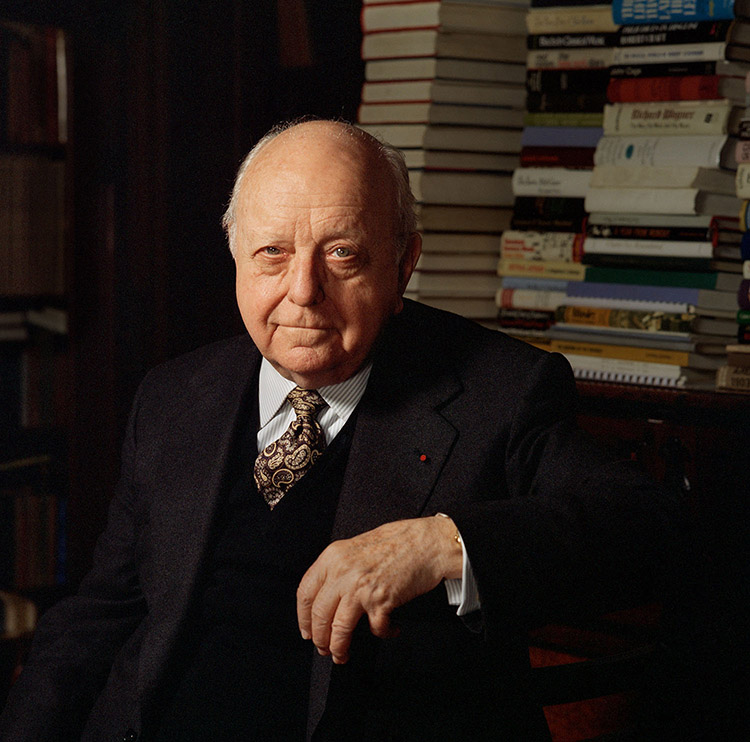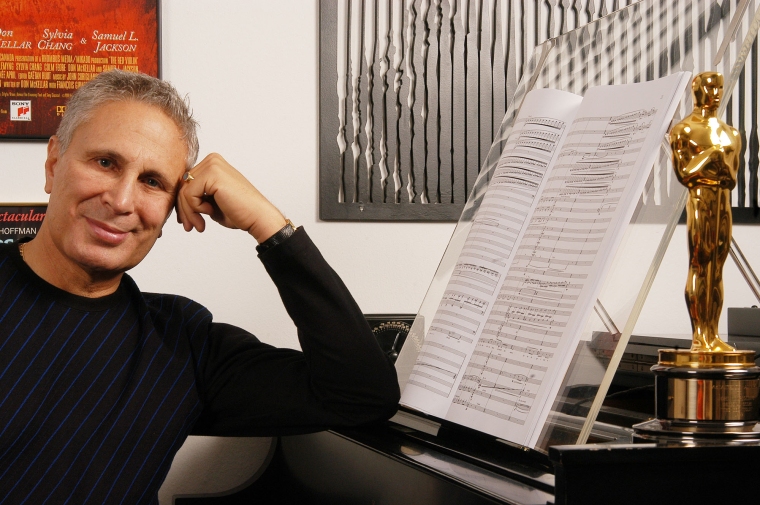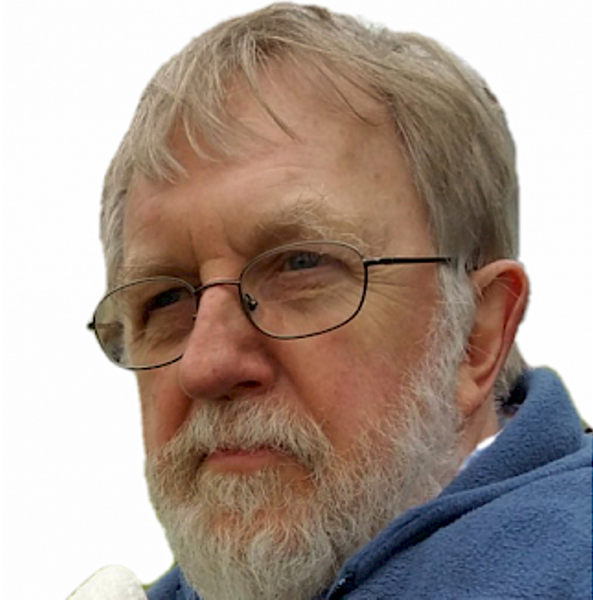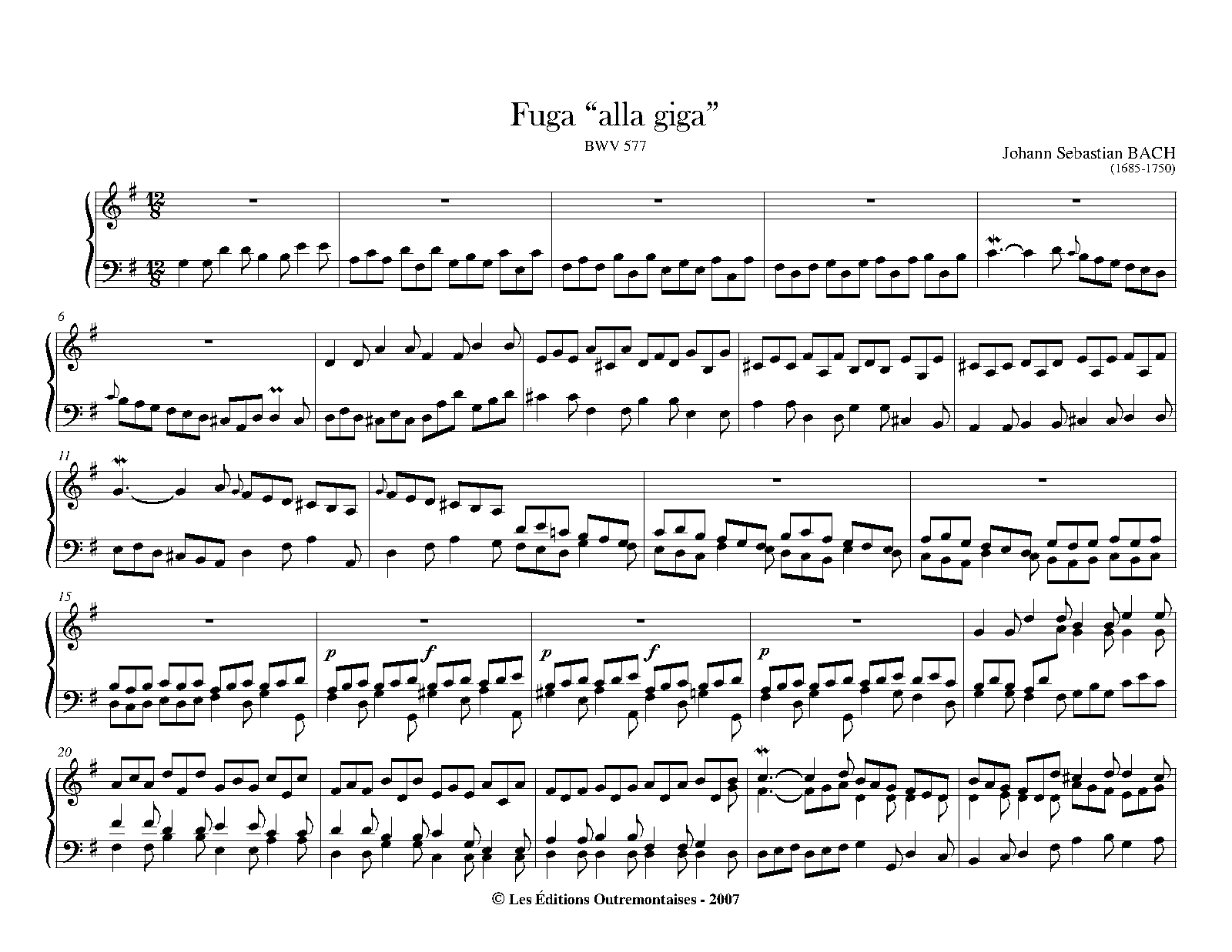Virgil Thomson (1896 - 1989): Fuga e Corale su Yankee Doodle per orchestra. Saint Louis Symphony Orchestra, dir. Leonard Slatkin.

Virgil Thomson (1896 - 1989): Fuga e Corale su Yankee Doodle per orchestra. Saint Louis Symphony Orchestra, dir. Leonard Slatkin.

John Corigliano (16 febbraio 1938): Tournaments per orchestra (1965). Saint Louis Symphony Orchestra, dir. Leonard Slatkin.

Joseph Schwantner (22 marzo 1943): Aftertones of Infinity, poema sinfonico (1978); composizione vincitrice del Premio Pulitzer nel 1979. The Juilliard Orchestra, dir. Leonard Slatkin.

John Corigliano (16 febbraio 1938):
I. Of Rage and Remembrance, ciaccona (composta sulla base del III movimento della Sinfonia n. 1) per voci e orchestra su testo di William M. Hoffman (1991).
II. Sinfonia n. 1 (1988-89):
1. Apologue: Of Rage and Remembrance (Ferocious) [13:07]
2. Tarantella [26:46]
3. Chaconne: Giulio’s Song (Adagio) [35:00] – attacca:
4. Epilogue (Adagio) [48:50]
Michelle DeYoung, mezzosoprano; Michael Accinno, voce bianca; Robert P. Baker e Michael Forest, tenori; Jason Stearns e James Shaffran, baritoni; National Symphony Orchestra, dir. Leonard Slatkin.
Ispirata, in parte, dal NAMES Project AIDS Memorial Quilt, la Sinfonia è dedicata alla memoria di amici del compositore morti di AIDS. Alcune annotazioni di John Corigliano e la partitura completa si trovano qui.

L’AIDS Memorial Quilt
Walter Piston (1894 - 12 novembre 1976): Sinfonia n. 6 (1955). Saint Louis Symphony Orchestra, dir. Leonard Slatkin.

Autore non identificato: Fuga a 4 voci in sol maggiore, Alla giga, già attribuita a Johann Sebastian Bach (BWV 577). Matthias Havinga all’organo van Vulpen (1966) dell’Augustanakerk in Amsterdam.
La giga (in francese gigue) è una forma di danza barocca, di andamento rapido e in ritmo doppio ternario, originatasi dalla jig irlandese. Per eseguire la Fuga alla giga gli organisti devono essere provetti ballerini: guardate infatti il nostro bravo e simpatico Matthias, qui sopra, come volteggia agile e leggero sulla pedaliera!
La Fuga BWV 577 — il cui manoscritto originale non è reperibile — non sarebbe opera di Bach: lo affermano, sulla base di considerazioni stilistiche, i più autorevoli studiosi del lascito bachiano. Ferruccio Rivoir, amico, collega e versatile organista, una volta mi confidò: «La Fuga alla giga non è di Bach. Te lo dicono le dita: quando suoni il vero Bach, le dita trasmettono sensazioni del tutto differenti.»
Troppo “facile”, dunque, per essere scaturita dal genio del Kantor di Lipsia, la Fuga in sol maggiore è tuttavia un brano assai gradevole, tant’è vero che è stata fatta oggetto di numerosi adattamenti: eccone alcuni, scelti fra i più interessanti:
